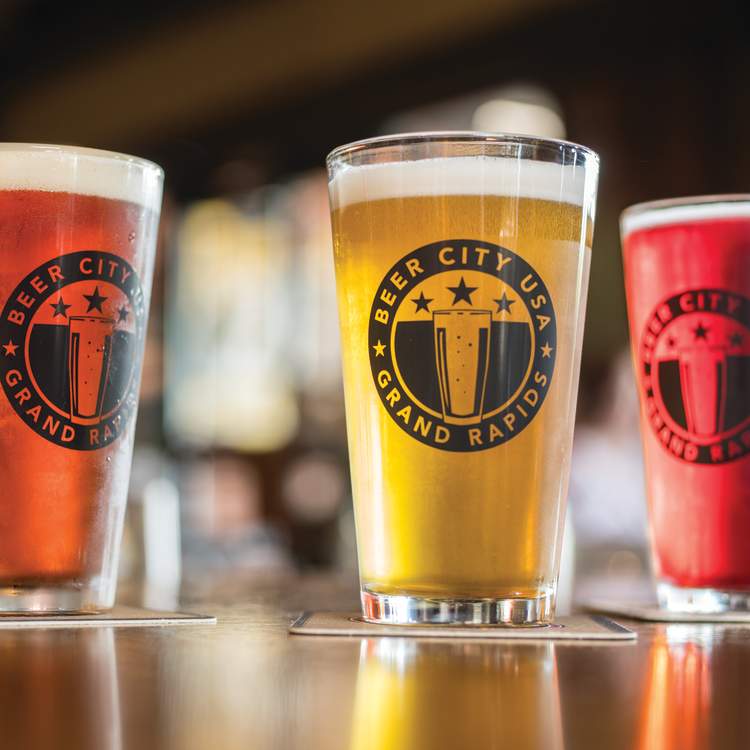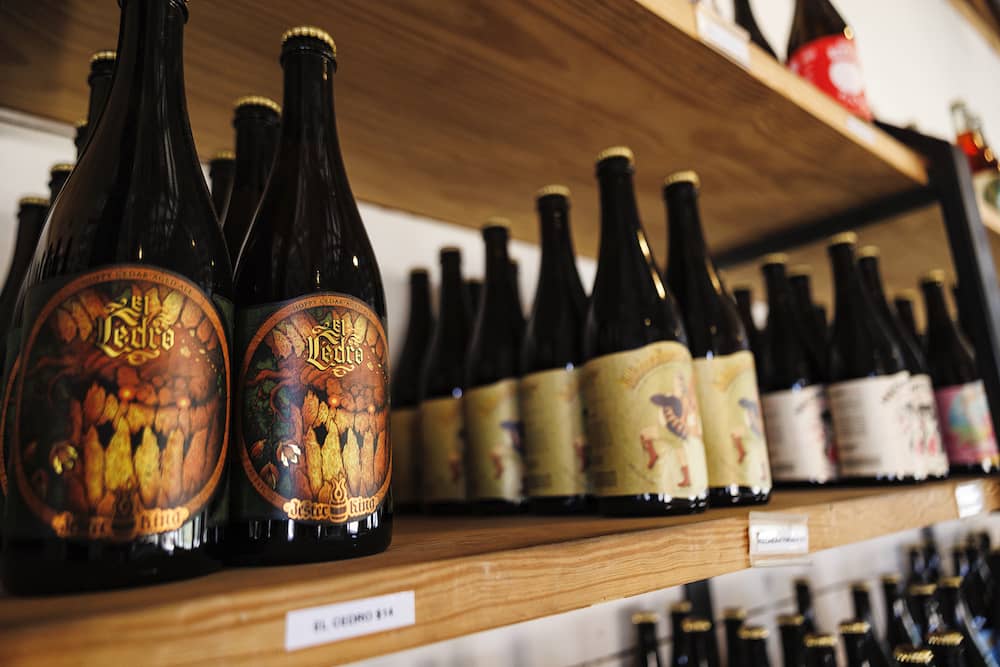Explore Costs Galveston Whiskey: Top Picks and Distilleries
Wiki Article
Unlocking the Mysteries of Distillery Processes: A Comprehensive Introduction
Within the world of distillery processes exist ins and outs that often stay veiled to the informal observer. As we venture right into the depths of spirit aging strategies and the precision of high quality control steps, a tapestry of tastes and fragrances emerges, shaped by cutting-edge practices and time-honored traditions.The Art of Mashing and Fermentation
In the distillery process, the art of mashing and fermentation plays a critical duty in changing raw products into the preliminary phases of alcohol production. Mashing includes the process of damaging down the starches in grains like rye, barley, or corn, right into fermentable sugars. This important step is normally attained by mixing the machine made grains with warm water to create a "mash." Enzymes present in the grains aid convert the starches right into sugars, producing a pleasant fluid understood as wort.When the wort is produced, fermentation comes into play. Yeast, a principal in this phase, is included to the wort to start the fermentation procedure. Yeast takes in the sugars in the wort, producing alcohol and carbon dioxide as by-products. This transformative procedure typically takes several days to finish, depending upon the wanted alcohol web content and taste profile.
Mashing and fermentation are complex processes that establish the foundation for the alcohol that will become distilled and aged to produce a final item with distinct attributes and flavors.
Recognizing the Purification Refine
One of the essential phases in the production of alcohol includes comprehending the distillation procedure. Distillation is an approach used to different alcohol from the fermented liquid, typically with home heating and cooling processes. Throughout purification, the fermented fluid is heated in a still, triggering the alcohol to evaporate at a reduced temperature than water because of its reduced boiling factor. The vapor is then gathered and cooled down back into liquid kind, causing a more concentrated alcohol web content.
Comprehending the distillation process is essential for distillers to regulate the quality, stamina, and preference of the alcohol being produced. By mastering the art of distillation, distilleries can develop a wide variety of spirits with distinctive qualities that interest different consumer choices.
Secrets of Spirit Aging Methods
Exploring the ins and outs of spirit aging techniques reveals the surprise artistry behind the growth of nuanced flavors and scents in distilled drinks. The aging procedure is an important phase in the manufacturing of spirits, where the liquid communicates with the oak barrels, soaking up compounds that enhance its account in time. One of the tricks to effective aging lies in the choice of barrels. Distilleries typically use charred oak barrels, which impart special flavors to the spirit via a procedure of extraction and oxidation. The duration of aging is one more critical element that distillers meticulously manage to achieve the preferred preference account. Longer aging periods often tend to result in smoother, a lot more intricate spirits, while shorter durations may stress bold, younger qualities.Furthermore, the ecological problems in which the barrels are saved play a considerable function fit the end product. Variations in temperature and humidity can affect the rate of aging and the communications in between the spirit and wood. Master distillers masterfully navigate these variables to craft spirits with distinct personalities, personifying the conclusion of time-honored customs and innovative strategies.
Quality Assurance and Testing Techniques
The precise workmanship demonstrated in regulating and choosing barrels aging periods in the spirits production procedure highlights the critical relevance of stringent top quality control steps and precise testing approaches (Distillery in Galveston). Quality control in distilleries includes numerous stages to make sure that each batch satisfies the wanted standards. From raw product inspection to end product analysis, each action is essential in preserving consistency and excellenceOne vital aspect of high quality control is sensory assessment, where qualified professionals analyze the aroma, taste, and total high quality of the spirits. Chemical analysis strategies such as gas chromatography and mass spectrometry are used to find any pollutants or inconsistencies from the wanted composition. Additionally, physical tests like density dimensions and pH evaluation give more understandings right into the item's attributes.
To assure adherence to internal standards and governing needs, distilleries also perform microbiological screening to look for any microbial contamination that could affect the item's security and life span. By carrying out robust high quality control and testing methods, distilleries can promote their online reputation for generating premium spirits regularly.
Exploring Distinct Flavor Infusions

In the process of taste Galveston Whiskey mixture, the picked botanicals are included in the base spirit and entrusted to emaciate or high for a specified duration. This allows the alcohol to draw out the tastes and essential oils from the botanicals, resulting in an unified mix of preferences (Galveston Liquor). Distilleries might additionally utilize techniques like vapor mixture or basket infusion throughout distillation to impart details tastes to the spirit
Additionally, some distilleries select barrel aging or barrel finishing strategies to introduce added complexity and deepness to their spirits with communications with the timber. These methods add to the development of unique taste profiles that attract a discerning target market seeking book and unforgettable alcohol consumption experiences.
Conclusion
To conclude, the distillery processes involve complex steps such as mashing, fermentation, aging, taste, and distillation mixtures. Quality control and screening methods are critical in making sure the end product satisfies criteria. Comprehending the scientific research behind these processes is necessary for producing top notch spirits. By opening the mysteries of distillation, distillers can develop savory and unique spirits that attract a vast range of consumers.As we venture into the depths of spirit aging techniques and the accuracy of quality control measures, a tapestry of flavors and aromas emerges, shaped by cutting-edge methods and classic customs. Distilleries typically utilize charred oak barrels, which impart unique flavors to the spirit via a procedure of removal and oxidation.Making use of a varied variety of components and botanicals, distilleries can craft special flavor infusions that set their spirits apart in an affordable market. Breweries in Galveston Texas.In the process of taste mixture, the selected botanicals are added to the base spirit and left to emaciate or high for a given period. Distilleries might additionally utilize techniques like vapor infusion or basket mixture throughout distillation to impart details tastes to the spirit
Report this wiki page